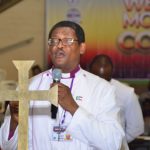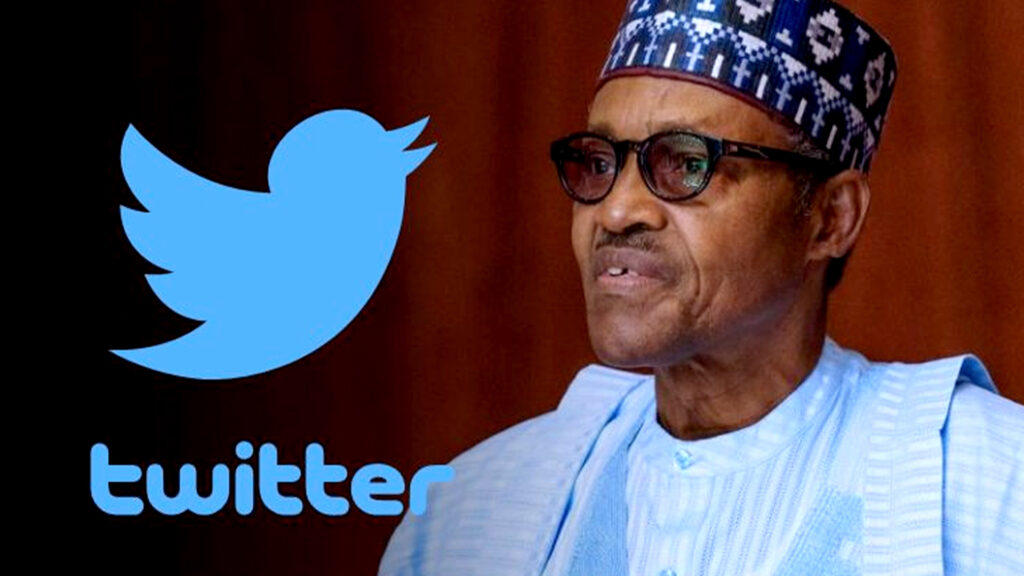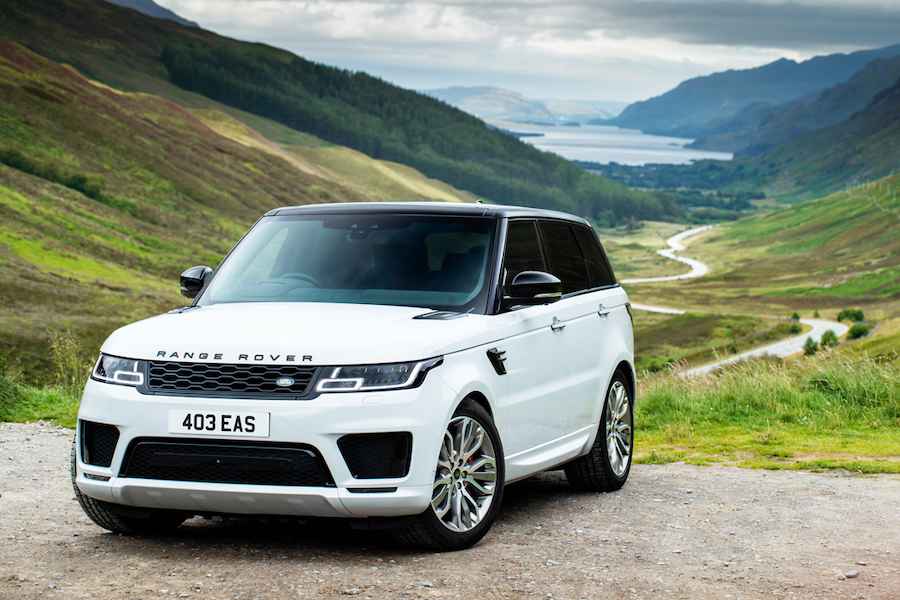The Global System for Mobile Communications (GSMA) 2020 report revealed that Vodacom and MTN launched their first major 5G networks in Sub-Saharan Africa in 2020.
The telecoms operators offered 5G mobile and fixed wireless access (FWA) services in several locations across South Africa – this appears to be a welcome development, as the South African government had already assigned temporary spectrum in the 3.5 GHz range in the wake of the Covid-19 pandemic.
Obviously, the proximate opportunity to be harnessed for the 5G in South Africa is to use FWA to bridge the gap in fixed broadband connectivity for homes and businesses.
According to the report, there has been 5G trial runs in almost all the countries in Sub-Saharan Africa, including Gabon, Kenya, Nigeria and Uganda but the possibility of mass deployment of the 5G network is still not guaranteed, as there are significant levels of unused 4G capacity. Also, the 4G adoption rate is still relatively low, creating opportunities for the operators to increase their stakes in 4G.
As a boost to mop up the unused 4G capacity, the partnership between Safaricom and Google to finance the acquisition of 4G smartphones, provides the desired momentum as low-income consumers pay for 4G devices in convenient and flexible daily installments.
According to the report, it is expected that over the next five years, the number of smartphone connections in Sub-Saharan Africa will almost double to reach 678 million by the end of 2025 — an adoption rate of 65%.
What you should know
- It is expected that by 2025, there will be a little below 30 million mobile 5G connections in Sub-Saharan Africa, equivalent to almost 3% of total mobile connections.
- The mobile market in the region will reach several important milestones over the next five years: half a billion mobile subscribers in 2021, 1 billion mobile connections in 2024, and 50% subscriber penetration by 2025.
- The achievement of these critical milestones would be predicated on the operators’ commitment in providing reliable infrastructural networks across the region.
- Between 2019 and 2025, the operators in the region would have expended/invested about the sum of $52billion in infrastructure rollouts.
- The GSMA represents the interests of mobile operators worldwide, uniting more than 750 operators with almost 400 companies in the broader mobile ecosystem, including handset and device makers, software companies, equipment providers and internet companies, as well as organizations in adjacent industry sectors.







